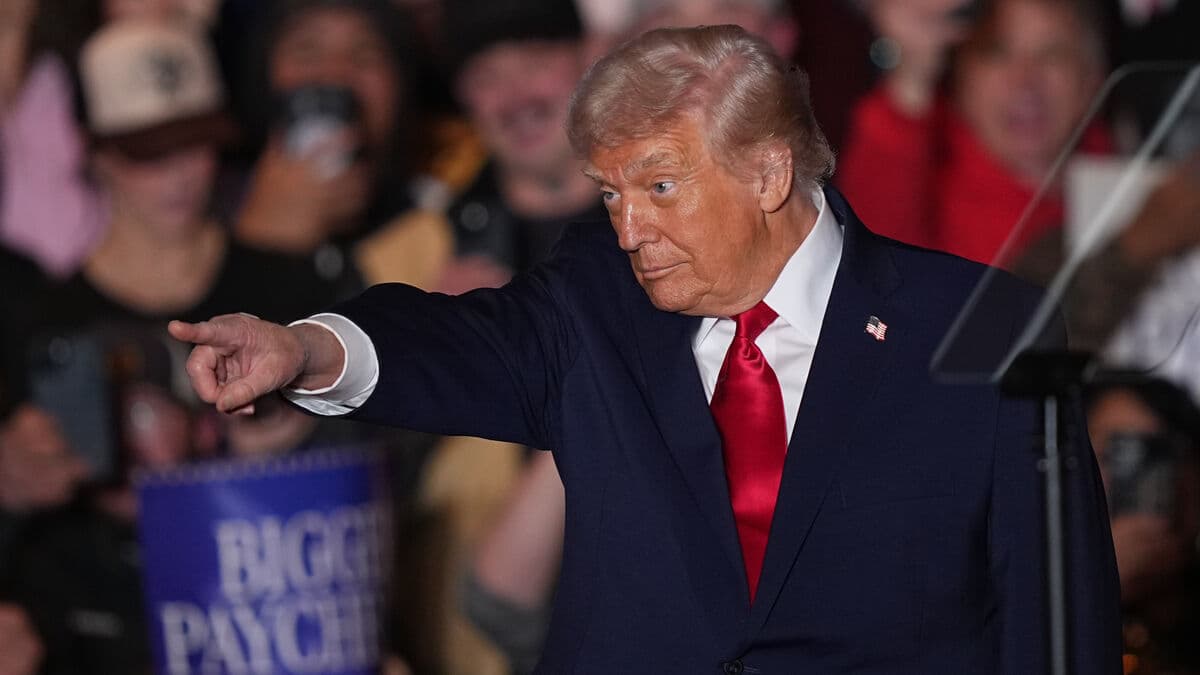Monday's tariff pause between the USA and China came as a relief for the market, but the continued uncertainty weighs on shipping, which finds it difficult to make long-term plans.
Just when it gets this rocky, the vessels can't be used particularly well, says Johan Woxenius, professor of shipping logistics at the School of Business, Economics and Law at the University of Gothenburg.
He points out that while many companies can adapt production to some extent, the costs for shipping companies' vessels are nearly the same.
A half-full vessel costs almost as much to move as a full one, he says, and adds:
For shipping companies, it's the double whammy – they get to move fewer containers but also get paid much less per container.
The industry organization Swedish Shipowners' business policy expert Camilla Åberg Linder says that just because there's a pause on tariffs doesn't mean the situation is good.
What you want is long-term planning and predictability, and you don't get that.
More fees
Besides tariffs, Swedish shipping companies may be affected by higher harbor fees in the USA. The US Trade Representative, USTR, has proposed higher harbor fees for all vessels built outside the USA that transport vehicles. The proposal was initiated during Joe Biden's presidency, and previously, additional harbor fees have been imposed on specifically Chinese vessels.
The fee to be introduced in October would charge around 1,500 kronor per vehicle that the vessels have capacity to transport.
As long as there's someone willing to pay for this, you can just keep going, but if there's no willingness to pay, then you have to make other transports, says Camilla Åberg Linder.
The cranes won't open
China's exports to the USA increased sharply before the tariff hike but then stopped. Monday's tariff pause is not expected to trigger a rush to its container ports. Johan Woxenius says that even if the tariffs are significantly reduced, relatively high tariffs remain.
I don't think they'll open the floodgates completely, with all consumer goods. Instead, it's probably still the case that you're thinking and analyzing a bit.
It's still unclear how the tariff policy and uncertainty surrounding it will affect Swedish shipping.
I think in a year, there will certainly be more clarity on what happened during the year with Trump, says Camilla Åberg Linder.
The USA and China are pausing tariffs against each other for 90 days.
During the pause, the USA's import tariffs against China will be reduced from 145 to 30 percent.
China will simultaneously reduce its import tariffs against the USA from 125 to 10 percent.
Before Trump's second term, the tariffs were around 20 percent, with some exceptions.





